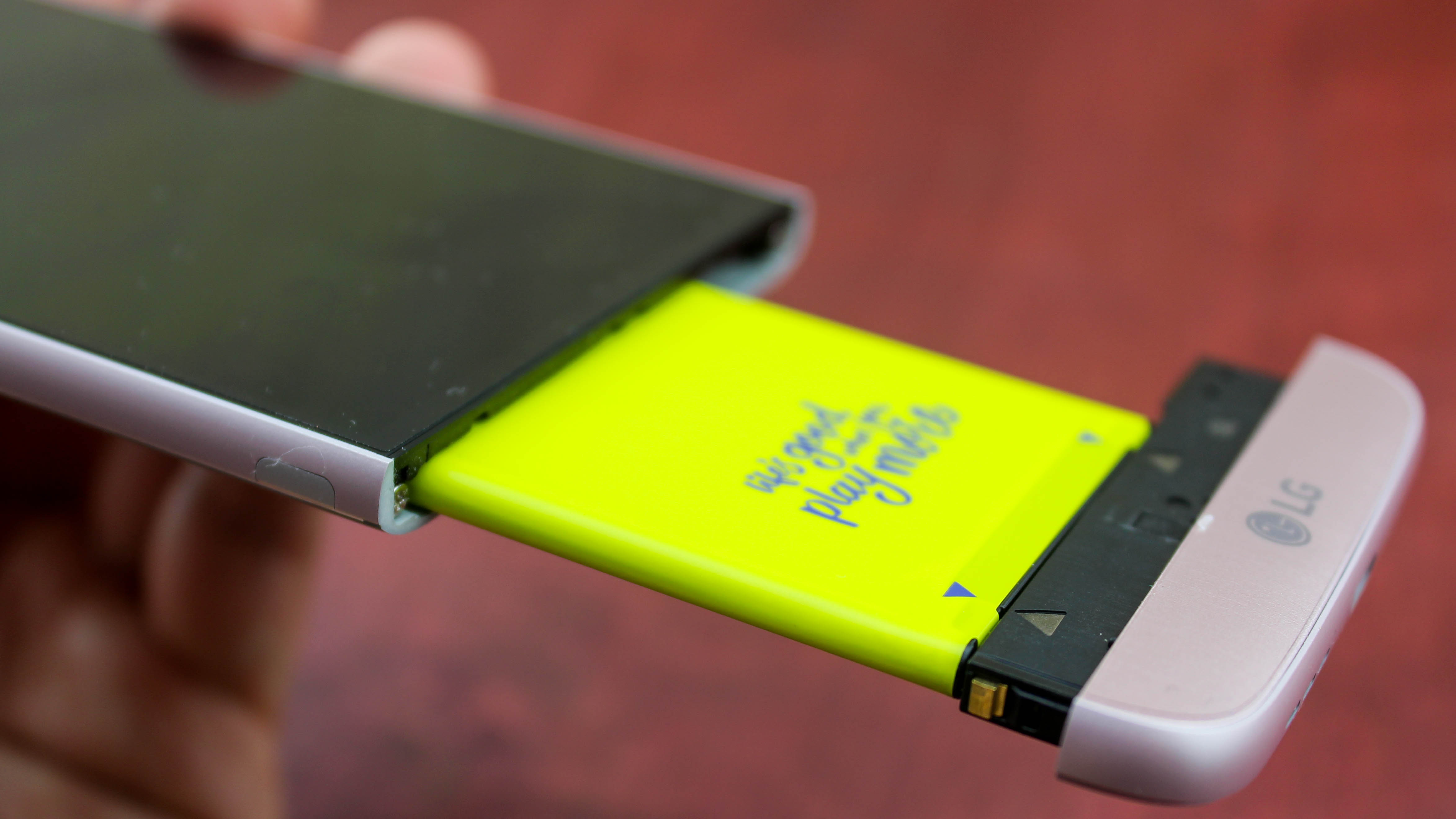Better batteries, incoming? Lithium-ion battery capacity could be boosted six times
With silicon electrodes

Batteries are an essential part of modern life. Your car, mobile phone, laptop, and camera wouldn't exist without them. And researchers around the world are constantly working to make them better.
That includes a team at the HZB Institute for Soft Matter and Functional Materials, which is part of the Institut Laue-Langevin in Grenoble, France. They've been looking at the materials we use to make batteries and trying to figure out if there are better alternatives.
More specifically, they've been looking at the graphite electrodes that form part of the lithium-ion batteries that power most of our household gadgets. Graphite is used because it's cheap, plentiful and stable. However, it can only absorb a limited number of ions before hitting capacity.
More Ions
Silicon is one alternative. It's also pretty plentiful on Earth, and it can absorb way more ions than graphite can. But there's a problem - as the ions migrate through the silicon, it disrupts the crystal structure. That leads to the electrode swelling in volume by a factor of three, which is tricky to deal with.
But the HZB team, led by Matthias Ballauff, believes it has a solution. After tracking exactly where the ions absorb in a silicon electrode, they found that majority stick around in a layer about 20 nanometres thick on the surface of the silicon. Only one in 26 penetrate further.
"We were able to precisely track where the lithium ions adsorb in the silicon electrode using neutron reflectometry methods, and also how fast they were moving", said Beatrix-Kamelia Seidlhofer, who carried out the experiments.
Theoretical Capacity
That suggests that, by using very thin silicon films, it should be possible to develop batteries with a theoretical capacity six times greater than a lithium-ion battery constructed with graphite electrodes. The significantly thinner electrodes would mean that the volume swelling is easier to handle.
Get daily insight, inspiration and deals in your inbox
Sign up for breaking news, reviews, opinion, top tech deals, and more.
That not only saves on material and energy consumed during manufacture, but we get a better battery out as a result.
The research was detailed in a paper in the journal ACS Nano.
- Duncan Geere is TechRadar's science writer. Every day he finds the most interesting science news and explains why you should care. You can read more of his stories here, and you can find him on Twitter under the handle @duncangeere.
